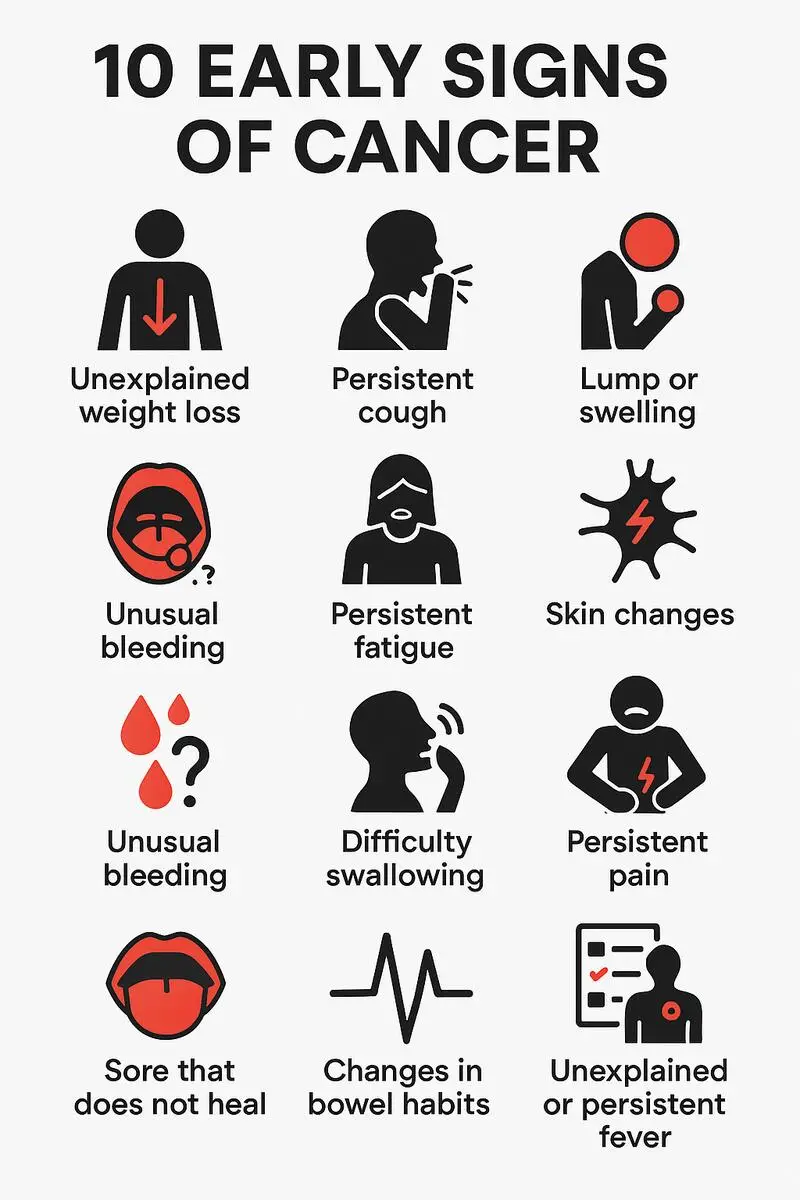- Published on: Jun 16, 2022
- 3 minute read
- By: Second Medic Expert
Targeted Therapy To Treat Cancer
Targeted therapies are cancer treatments that use drugs or other substances to specifically attack cancer cells. They work differently from chemotherapy, which is the main treatment for cancer and kills cancer cells as well as normal cells. Targeted therapies are often more effective than chemotherapy because they are better at killing cancer cells without harming normal cells. They may also be more likely to stop cancer from coming back (recurring). However, targeted therapies can be more expensive than chemotherapy and may not be available in all countries.
Targeted therapy is a type of cancer treatment that uses drugs or other substances to identify and attack cancer cells specifically. Because targeted therapy attacks only cancer cells, it causes fewer side effects than traditional chemotherapy treatments. There are several different types of targeted therapy, but they all work by interfering with the signals that help cancer cells grow and divide. This stops the tumor from growing and may cause it to shrink. Some targeted therapies also work by making the tumor more sensitive to radiation or chemotherapy treatment.
Targeted therapy may work better than other treatments because it is more specific to the cancer cells. It also causes less damage to healthy cells. This makes it a good choice for people who have cancer that has spread (metastasized) to other parts of the body.
Although targeted therapy has been available for cancer treatment for many years now, it is still not as widely used as chemotherapy. The main reason for this is that targeted therapy is more expensive than chemotherapy and most insurance companies do not cover the cost of these treatments. Another reason that targeted therapy is not more widely used is that it can be difficult to find a qualified doctor who can administer these treatments. Many oncologists are not familiar with the use of targeted therapies and so patients have to go to a specialist center in order to receive treatment.
Targeted therapies are treatments that attack cancer cells specifically while leaving normal cells alone. This is in contrast to traditional chemotherapy drugs, which can harm both cancer cells and healthy cells. There are a number of different types of targeted therapies, but all of them work by interfering with the signals that tell cancer cells to grow and divide. This stops the cancer cell from growing and spreading, and can eventually lead to its death.
Targeted therapies are becoming an increasingly important part of cancer treatment, and many patients are now able to benefit from them. However, they are not right for everyone, and your doctor will be able to advise you on whether they would be a suitable option for you. Targeted therapy is one of the newer methods for treating cancer. It involves using drugs or chemicals that target specific parts of cancer cells. This approach is different from traditional chemotherapy, which attacks all dividing cells, both cancerous and healthy.
One advantage of targeted therapy is that it often causes fewer Side Effects than traditional chemotherapy. This is because it targets only cancer cells and doesn't affect healthy cells as much. However, not all cancers are equally good targets for this type of treatment. For example, cancers that have a lot of mutations (changes in DNA) are more likely to respond to targeted therapy drugs than cancers with fewer mutations. Targeted therapy is a type of cancer treatment that uses drugs or other substances to identify and attack cancer cells without harming normal cells. Because targeted therapies specifically target cancer cells, they often have fewer side effects than chemotherapy or radiation therapy.
There are a number of different types of targeted therapies, but most work by interfering with the signals that tell cancer cells to grow and divide. This stops the cancer cells from multiplying and can shrink tumors. Targeted therapy is a type of cancer treatment that uses drugs or other substances to identify and attack specific cancer cells without harming normal cells.
Targeted therapy may be used as the main treatment for some types of cancer or it may be used with other treatments, such as radiation therapy or surgery. The way it works depends on the type of targeted therapy. Some target the proteins on the surface of cancer cells. Others work inside the cell to block signals that tell cancer cells to grow and divide.Targeted therapy is a type of cancer treatment that uses drugs or other molecule to precisely target cancer cells. This approach is different from traditional chemotherapy, which kills both cancer cells and healthy cells.
Targeted therapy has been shown to be more effective than traditional chemotherapy in some cases, and it often causes fewer side effects. However, not all tumors are suitable for targeted therapy, and the treatment can be expensive. Targeted therapy is a type of cancer treatment that uses drugs or other substances to attack cancer cells specifically.
Targeted therapies may work differently depending on the type of cancer they are used to treat. Some targeted therapies work by blocking the signals that tumors use to grow and spread. Others help block the ability of tumors to get blood vessels to grow (angiogenesis). Still, others attach directly to tumor cells and kill them. Targeted therapy is becoming an important part of cancer treatment because it often works better than traditional chemotherapy drugs and can have fewer side effects. Different types of targeted therapies are being developed all the time, so patients with cancer may have access to several different types in the future.









